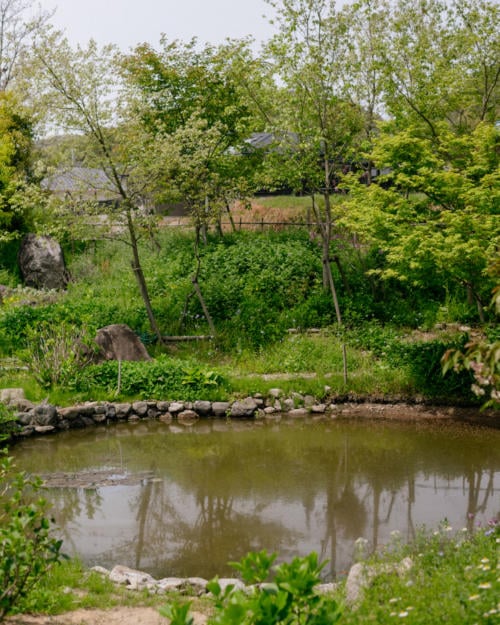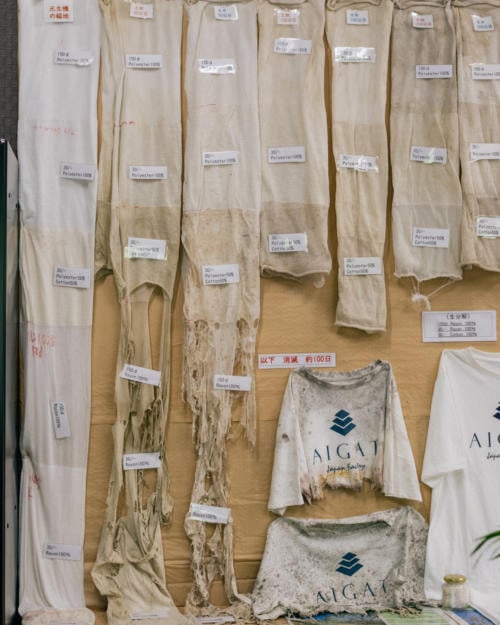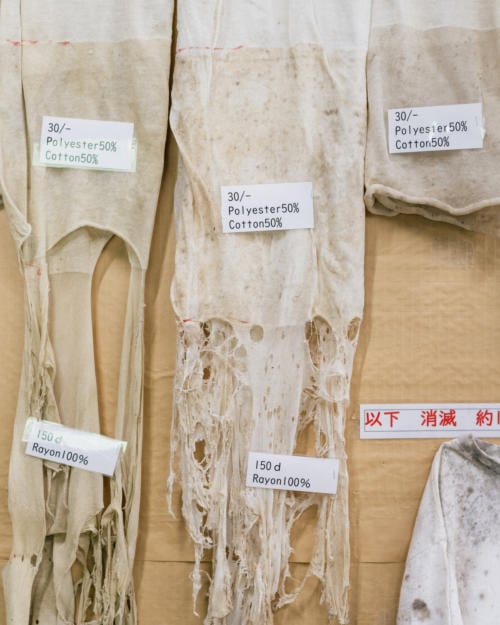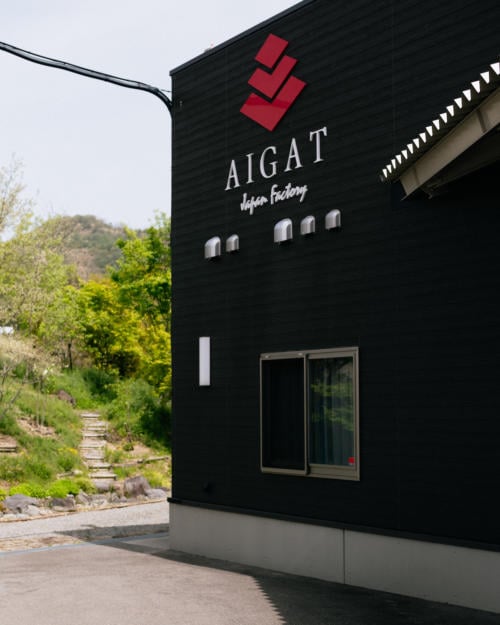The Evolution of Sex Part 3: On the Genetic Superiority of Women
Dec 24, 2025How different materials decompose – The Aigat pond – Permanent Style
- Jul 15, 2023
- 0 Comments
927

Last week I wrote about the loopwheel knitter Aigat, one of the most specialised producers of loopwheel fabric – for sweatshirts, T-shirts etc – in Japan.
Something I wanted to save for a separate article was the display they had in their reception, where they’d decomposed different fabrics in their garden.
The factory is set in attractive grounds, with water pouring down from the mountains behind. Establishing them, and running the factory along environmental lines, has been a passion of the founder.
In the middle of the garden is a pleasant pond, but a few years ago the team filled the whole thing and parts of the garden with lengths of fabric, made up of different fibres (cotton, rayon, polyester).
The idea was to have personal, physical experience of how much better natural fabrics – like their own – break down in the environment.

The results are displayed in chronological order on the board, below.
The first strip on the left is the original fabric. The strips with red labels at the top are the ones that were buried in the ground (after 50 days, 100 days, 200 days, as labelled), while the blue labels are those that were in the pond (again, after 50, 100 and 200 days).
The strips themselves are then divided vertically into different fibres. First, two different finenesses of polyester, then a polyester/cotton mix, then two finenesses of rayon, and finally cotton.
If you click on the image, it should open in a lightbox, and you can then click on it again to zoom in. Or you can right click and open in a new tab, and zoom in there.

The rayon was the first to go – a synthetic fabric, but of course made with regenerated natural cellulose, so it broke down easily.
The cotton is only just visible, lying on the table at the bottom, but it broke down just a little slower than the rayon, mostly eaten away in the water after 50 days, and completely gone after 100.
But the polyester kept going and going. After 200 days, in water or soil, it had shrunk a little but was otherwise fine.
Perhaps scariest of all is the cotton/polyester mix. You might think this would be a little better than pure polyester, but it’s pretty much the same, despite some of the cotton breaking down.

I wasn’t surprised at the results, but it was powerful seeing the process rather than just being told about it.
It also made me appreciate rayon (or viscose) a little more. There are lots of things wrong with it of course, including the materials cut down to make it and the processes used, but it is certainly better than polyester and nylon in this respect. Other natural materials used in high-end menswear, such as wools and vegetable-tanned leathers, are also better in that way.
We probably can’t get into all the nuances of material sustainability here – and volume of consumption is generally the biggest issue – but on this one aspect the point is pretty compelling.
Aigat, I should add, only use pure cotton and generate their manufacturing power 60-70% from solar panels on the roof. Actively growing the garden helps a bit with the CO2 emissions as well.

For more on PS about sustainability, see:
Publisher: Source link







